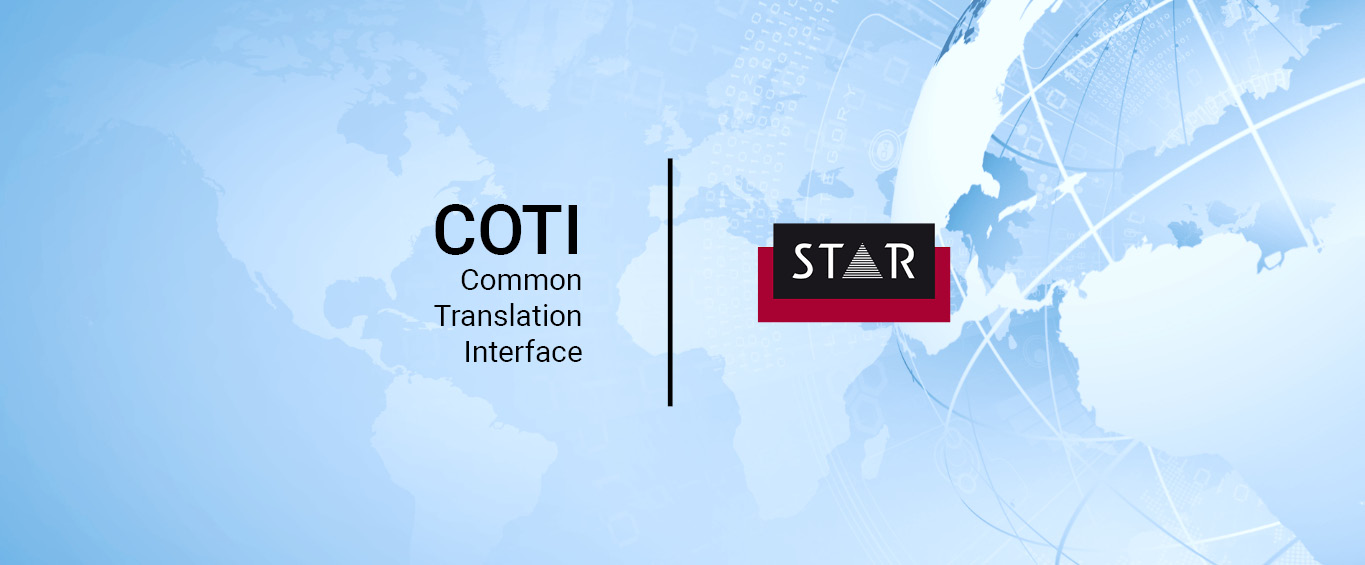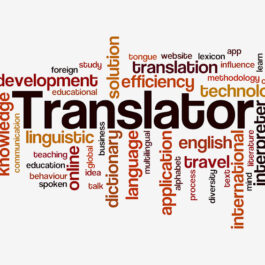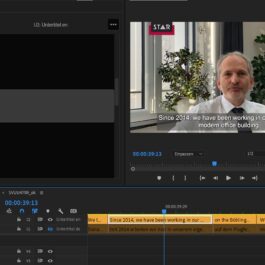In the fast-paced world of the translation and localisation industry, efficiency is the key to success. One solution that can play an important role in delivering this efficiency is the Common Translation Interface (COTI) standard, particularly in its highly developed form – COTI Level 3. But what exactly does this standard entail and how can it speed up translation processes?
What is the COTI standard?
The Common Translation Interface (COTI) standard was developed specifically for the translation and localisation industry to improve interoperability between different software tools and systems. The COTI standard defines a manufacturer-independent format for exchanging data between translation memory systems (TMS) and editorial systems, such as content management systems (CMS) and other tools used in the industry.
Higher COTI level, more automation
COTI levels build on each other and offer varying degrees of integration and automation:
- Level 1 – core features: Translation data is saved in a defined structure, compressed as a ZIP file with the extension .coti and enhanced with meta information. The data is transferred manually, but the meta information and fixed structure make it easy for the receiving system to interpret the packets.
- Level 2 – extended features: At this level, the transfer of COTI data packets becomes automated. The editorial system generates a package that is automatically recognised and imported by a TMS as soon as it is placed in a shared transfer folder (hotfolder) that is constantly monitored. Meta information enables the receiving system to create an automated order system, for example.
- Level 3 – expert features: The highest level of integration offers fully automated data transfer between the systems. This removes the need to create or monitor packages manually. Instead, translation data and meta information is transferred via an API between the editing system and the TMS. Not only translation data, but also status information such as translation progress can be transmitted.

Benefits of full automation with COTI Level 3
The implementation of COTI Level 3 brings with it several benefits that can dramatically improve the translation process:
- Fast data transfer: Thanks to the fully automated API, translation data is transferred seamlessly between systems without any delay.
- Increased efficiency: Large and complex translation projects can be processed more efficiently, since the workflow no longer has to include any manual steps.
- Round-the-clock operation: Automation facilitates continuous operation without human intervention, resulting in round-the-clock availability of translation data.
- Security: By eliminating manual steps, the risk of human error is minimised, which in turn ensures data transfer is more secure.
- Time and cost savings: Full automation leads to significant time savings, while also reducing the operational effort and costs involved in translation projects.
Conclusion
The introduction of COTI Level 3 signalled a major advancement in the translation industry; one which not only increases efficiency, but also improves the quality and reliability of translation processes. Through seamless integration and automated data transfer, companies are able to expand their global reach while also saving time and resources.
The following editorial systems can currently use COTI packages of various levels:
-
- Schema ST4 – Quanos
-
- TIM – Fischer
-
- COSIMA – DOCUFY
-
- docuglobe und XR – gds
-
- Smart Media Creator – EC Systems
-
- AEM – Adobe
-
- GRIPS – STAR
-
- and much more besides
With our translation memory system STAR Transit NXT; and our workflow solution STAR CLM, we provide links at all three levels – in order to transfer data efficiently, securely and quickly and to speed up translation processes.
We process your COTI packages automatically using STAR CLM!
Contact us for tailored advice




























